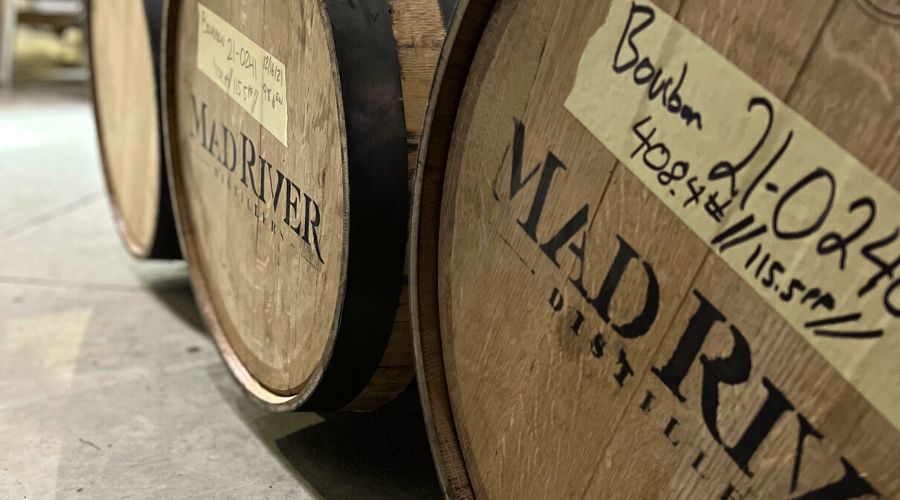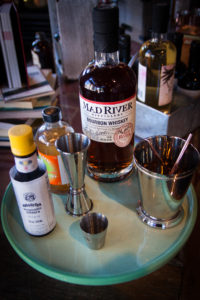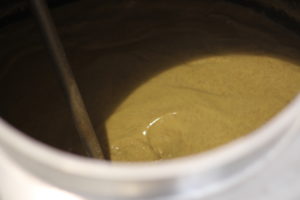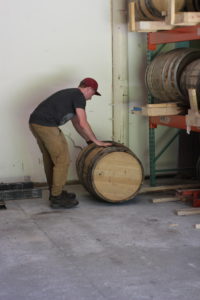Does Bourbon Come From Kentucky?
Does Bourbon only come from Kentucky? This is a reasonable question. If it’s Champagne, it must be from the Champagne region in France. If it’s Tequila, it must be made in Mexico. It seems only natural to assume Bourbon is only made in Kentucky, especially since it has traditionally been associated with Appalachia. While this may be a commonly held belief, Bourbon can actually be made anywhere in the United States as long as it meets certain requirements, none of which specify Kentucky.
For a spirit to meet the Bourbon designation, its mash must meet the following requirements: consist of at least 51% corn, be distilled at no higher than 160 proof, be barreled at no higher than 125 proof, and be barreled in new charred oak. As you may have noticed, there is no “Kentucky” mention in this list, but the requirements are fairly specific, so let’s break it down!
While the actual Bourbon mash bill needs to consist of at least 51% corn, the rest is fairly open ended. Corn is often attributed with lending sweetness to whiskey, while barley can add a round nuttiness. Wheat often lends a wheaty taste with notes of honey. Rye often imparts a peppery, spicy note to whiskey. Oats can add a creamy, grainy flavor. For us, the perfect bourbon mash bill consists predominantly of corn, with smaller amounts of barley, wheat and oats blended in. This special mash bill is what gives our Bourbon its unique flavor—a wonderful deep and rich aroma of Vermont-grown corn, smokiness on the palate, and a smooth aromatic finish.
Bourbon is also required to be distilled and bottled at certain proofs. This is a fairly straightforward requirement, as it has to do with the strength of the finished product. If you distill at too high of a proof, you dip into vodka territory. Here, we need to distill at no higher than 160 proof and barrel at no higher than 125 proof.
Also as required, we barrel age our Bourbon in new charred oak barrels. As we’ve shared in one of our Source Spotlight blog posts, one of the most significant decisions a distillery can make is who they partner with for their barrels. There are a lot of facets that can impact the flavor of a spirit—the Bourbon mash bill, how the spirit is distilled, and how long it is aged. The barrel, however, can make or break the flavor of a spirit. While we’ve experimented with a variety of different barrels over the years, our go-to source for barrels is Kelvin Cooperage, a craft cooperage that just so happens to be located in Kentucky!
So there you have it—Bourbon made in Vermont, using regionally-sourced, non-GMO grains. It’s important to note that there are further distinctions when it comes to Bourbon. The “Straight Bourbon” designation applies to Bourbon aged at least two years in a barrel. The “Kentucky Straight Bourbon” designation, as the name implies, does only apply to Bourbon made in Kentucky. However, the Bourbon designation is not limited to a specific region., With a variation in mash bill and aging, you can explore and enjoy different Bourbon brands and distilleries, just like ours!








